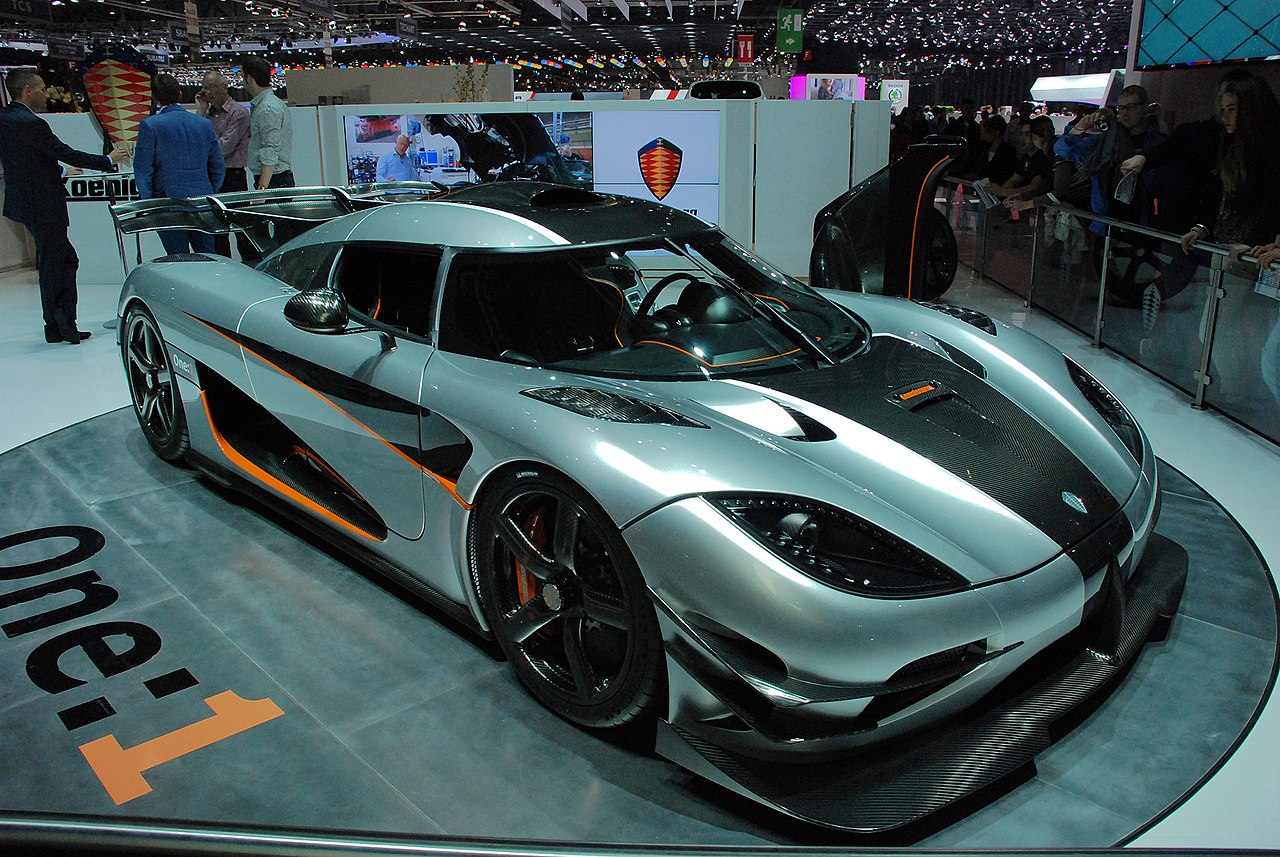1.Հետաաքրքիր փաստեր ձեր նախնտրած մասնագիտության ոլորտի մասին ABC, ընդհանուր նշանակության իմպերատիվ, գործընթացային, կառուցվածքային բարձր մակարդակիծրագրավորման լեզու և IDE, որոնք մշակվել են 1987թ․-ին Նիդերլանդների Մաթեմատիկայի և ինֆորմատիկայի կենտրոնում։ABC-ն ի սկզբանե ստեղծվել է այն նույն նպատակով, ինչի համար ստեղծվել են BASIC, Pascal և AWKլեզուները։ Այն նախատեսված չէր համակարգային ծրագրավորման համար։ Այն պետք է ծառայեր որպես ծրագրավորման լեզվի ուսուցման և ոչ ծրագրավորողների կողմից ամենօրյա աշխատանքում խնդիրների լուծման համար։
2.Տվյալ մասնագիտության, ոլորտի գիտնականների նորարարական (վերջին) նվաճումները :Նոր ծրագիր Pokki Օպերացիոն համակարգերում սոցիալական ցանցերի և ինտերնետային ծառայությունների ինտեգրումը գնալով դառնում է ավելի անհրաժեշտ ու արդյունավետ: Օրինակ Facebook-ի նորությունները կամ Gmail-ի նամակները ստուգելու համար պարտադիր չի բացել ինտերնետ դիտարկիչները ու բացել համապատասխան կայքեր: Դրա փոխարեն հնարավոր է օգտագործել հատուկ մինի ծրագրեր, որոնք թույլ են տալիս օգտվել սոցիալական ցանցերից և ինտերնետային ծառայություններից անմիջապես համակարգչի աշխատանքային էկրանից: Հատուկ վերը նշված պահանջները բավարարելու համար ստեղծվել է Pokki ծրագիրը, որը ոչ միայն թույլ է տալիս համակարգչի աշխատանքային էկրանի ներքևում տեղադրել ինտերնետ ծառայությունների հղումները, այլ նաև օնլայն տարբերակով ցույց է տալիս դրանցում առկա թարմացումների մասին տեղեկացումներ (օրինակ նամակների քանակը): Pokki ծրագիրը ունի նաև App Store, որտեղ կարող եք գտնել բազմաթիվ ինտերնետային ծառայություններ և խաղեր, որոնք կարող եք հեշտությամբ ներբեռնել և ավելացնել Pokki ծրագրին: Այս ծրագիրը տեղադրելուց և փորձելուց հետո կհամոզվեք, թե ինչքան է այն հեշտացնում ինտերնետային ծառայությունների և օպերացիոն համակարգի միջև կապը :
3.Հայտնի մասնագետի կենսագրություն (կենսագրությունից հատվածներ), նշանավոր աշխատանքներ :
Սթիվեն Փոլ Ջոբս, ավելի ճանաչված է, որպես Սթիվ Ջոբս (Steven Paul Jobs, Steve Jobs; 1955փետրվար 24 - 2011 հոկտեմբերի 5), ամերիկացի ճարտարագետ, գործարար, Էփլ (Apple) կորպորացիայի հիմնադիրն էր և գլխավոր տնօրենը։ Ջոբսը նաև հանդիսանում էր Պիքսարստուդիայի տնօրենը։1970-ականներին Սթիվ Վոզնյակի հետ համատեղ ստեղծեցին առաջին կոմերցիոն համակարգիչներից մեկը։ 1980-ականների սկզբի տարիներին Ջոբսը այն եզակի մարդկանց թվին էր դասվում, որ ուշադրություն էին դարձնում համակարգչի գրաֆիկական ինտերֆեյսի և մկնիկի կոմերցիոն պոտենցիալին։ Կորցնելով պաշտոնը տնօրենների խորհրդի հետ պայքարում 1985 թ. Ջոբսը հեռացավ Apple-ից և հիմնադրեց NeXT համակարգչային ընկերությունը, որը մասնագիտանում էր բիզնեսի և բարձրագույն կրթության շուկայում։ 1997 թ. Սթիվ Ջոբսը վերադարձավ Apple, դառնալով ժամանակավոր գործադիր տնօրեն՝ միացնելով Apple-ը NeXT-ի հետ։ Ըստ «Fortune» ամսագրի Սթիվ Ջոբսը ճանաչվեց որպես 2007 թ. ամենաազդեցիկ գործարար և մտավ 2009 թ. «թոփ-մենեջերների» ցուցակի մեջ։
2.Տվյալ մասնագիտության, ոլորտի գիտնականների նորարարական (վերջին) նվաճումները :Նոր ծրագիր Pokki Օպերացիոն համակարգերում սոցիալական ցանցերի և ինտերնետային ծառայությունների ինտեգրումը գնալով դառնում է ավելի անհրաժեշտ ու արդյունավետ: Օրինակ Facebook-ի նորությունները կամ Gmail-ի նամակները ստուգելու համար պարտադիր չի բացել ինտերնետ դիտարկիչները ու բացել համապատասխան կայքեր: Դրա փոխարեն հնարավոր է օգտագործել հատուկ մինի ծրագրեր, որոնք թույլ են տալիս օգտվել սոցիալական ցանցերից և ինտերնետային ծառայություններից անմիջապես համակարգչի աշխատանքային էկրանից: Հատուկ վերը նշված պահանջները բավարարելու համար ստեղծվել է Pokki ծրագիրը, որը ոչ միայն թույլ է տալիս համակարգչի աշխատանքային էկրանի ներքևում տեղադրել ինտերնետ ծառայությունների հղումները, այլ նաև օնլայն տարբերակով ցույց է տալիս դրանցում առկա թարմացումների մասին տեղեկացումներ (օրինակ նամակների քանակը): Pokki ծրագիրը ունի նաև App Store, որտեղ կարող եք գտնել բազմաթիվ ինտերնետային ծառայություններ և խաղեր, որոնք կարող եք հեշտությամբ ներբեռնել և ավելացնել Pokki ծրագրին: Այս ծրագիրը տեղադրելուց և փորձելուց հետո կհամոզվեք, թե ինչքան է այն հեշտացնում ինտերնետային ծառայությունների և օպերացիոն համակարգի միջև կապը :
3.Հայտնի մասնագետի կենսագրություն (կենսագրությունից հատվածներ), նշանավոր աշխատանքներ :
Սթիվեն Փոլ Ջոբս, ավելի ճանաչված է, որպես Սթիվ Ջոբս (Steven Paul Jobs, Steve Jobs; 1955փետրվար 24 - 2011 հոկտեմբերի 5), ամերիկացի ճարտարագետ, գործարար, Էփլ (Apple) կորպորացիայի հիմնադիրն էր և գլխավոր տնօրենը։ Ջոբսը նաև հանդիսանում էր Պիքսարստուդիայի տնօրենը։1970-ականներին Սթիվ Վոզնյակի հետ համատեղ ստեղծեցին առաջին կոմերցիոն համակարգիչներից մեկը։ 1980-ականների սկզբի տարիներին Ջոբսը այն եզակի մարդկանց թվին էր դասվում, որ ուշադրություն էին դարձնում համակարգչի գրաֆիկական ինտերֆեյսի և մկնիկի կոմերցիոն պոտենցիալին։ Կորցնելով պաշտոնը տնօրենների խորհրդի հետ պայքարում 1985 թ. Ջոբսը հեռացավ Apple-ից և հիմնադրեց NeXT համակարգչային ընկերությունը, որը մասնագիտանում էր բիզնեսի և բարձրագույն կրթության շուկայում։ 1997 թ. Սթիվ Ջոբսը վերադարձավ Apple, դառնալով ժամանակավոր գործադիր տնօրեն՝ միացնելով Apple-ը NeXT-ի հետ։ Ըստ «Fortune» ամսագրի Սթիվ Ջոբսը ճանաչվեց որպես 2007 թ. ամենաազդեցիկ գործարար և մտավ 2009 թ. «թոփ-մենեջերների» ցուցակի մեջ։
